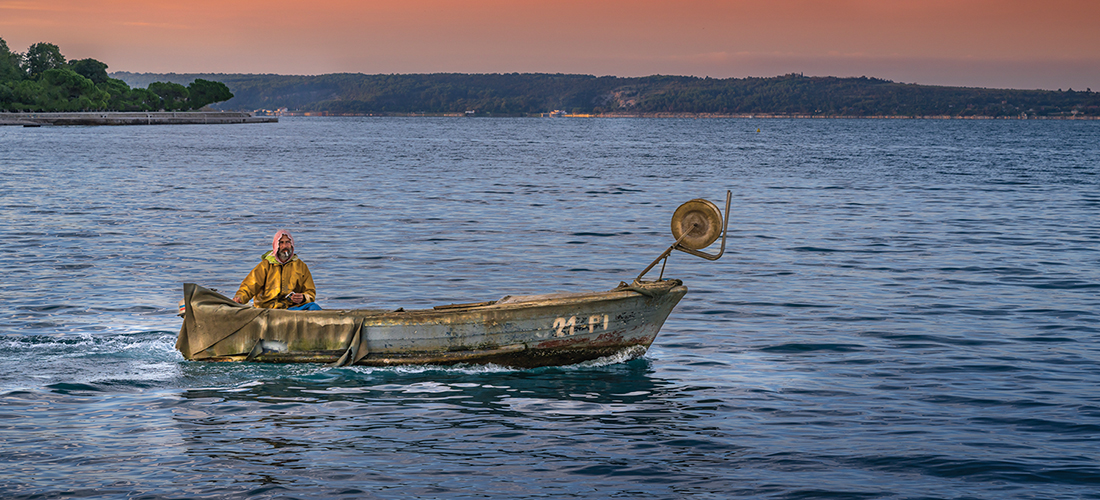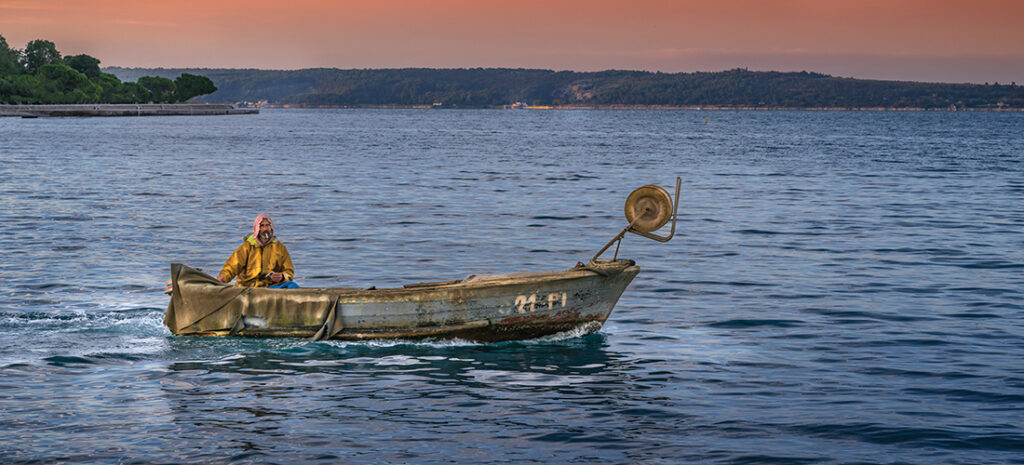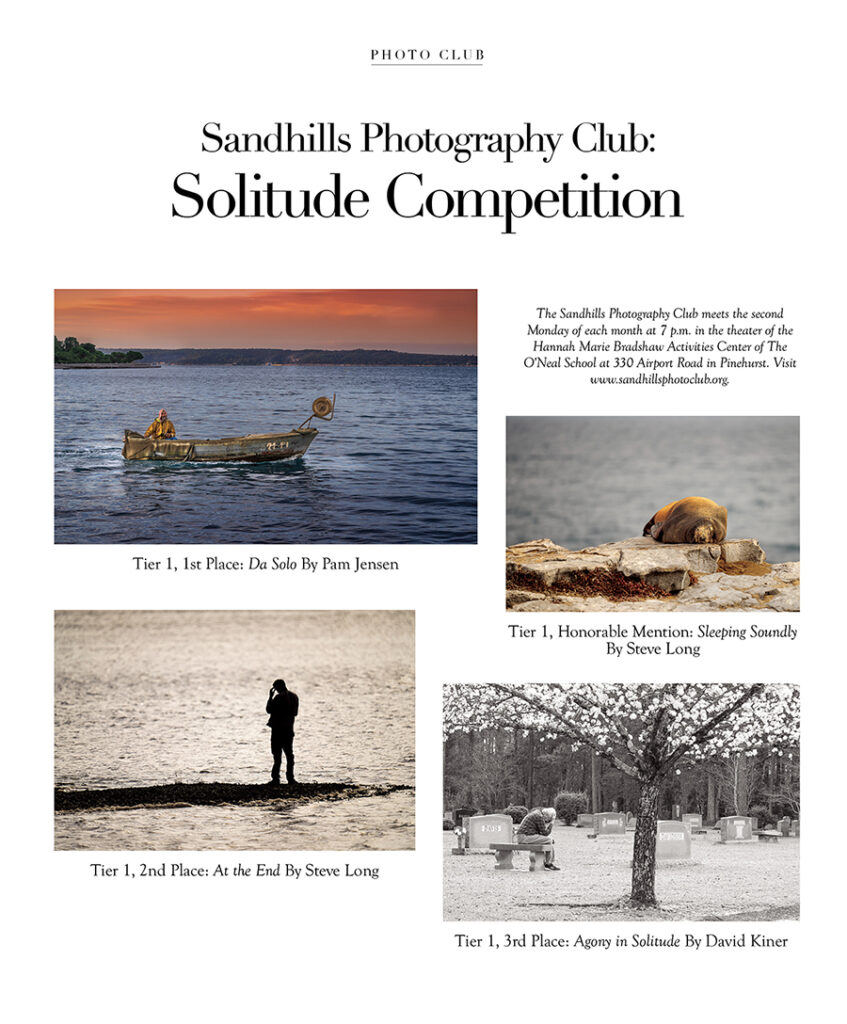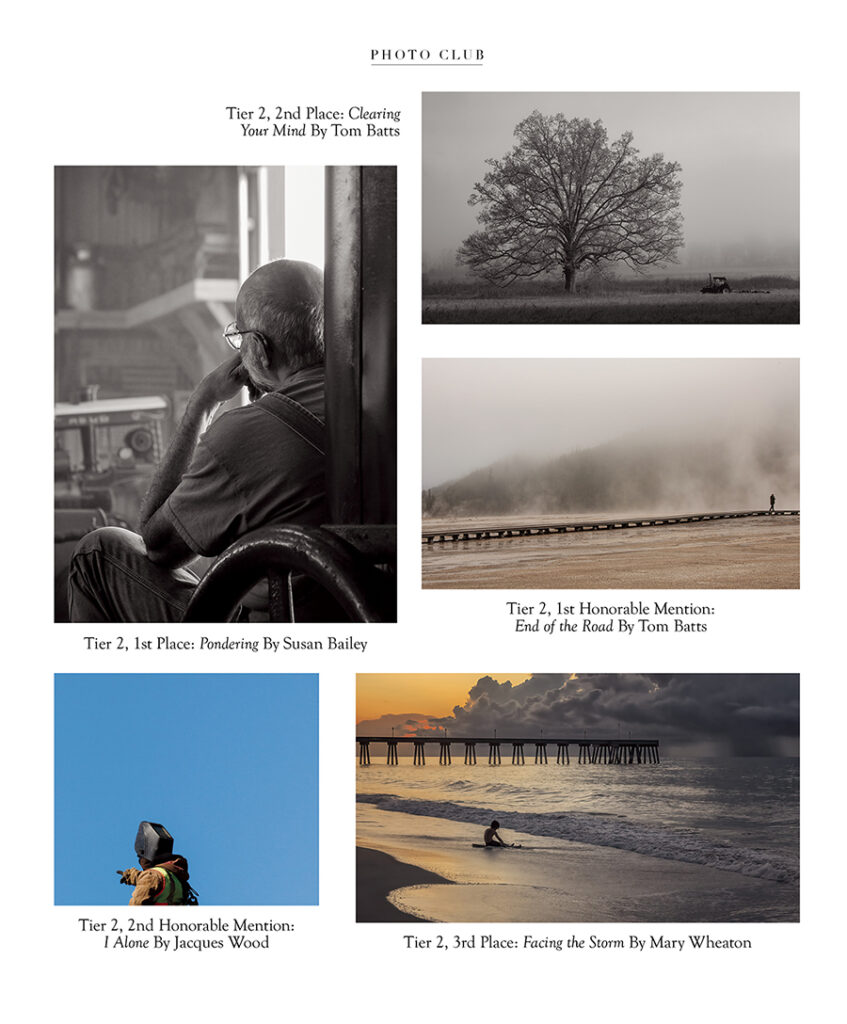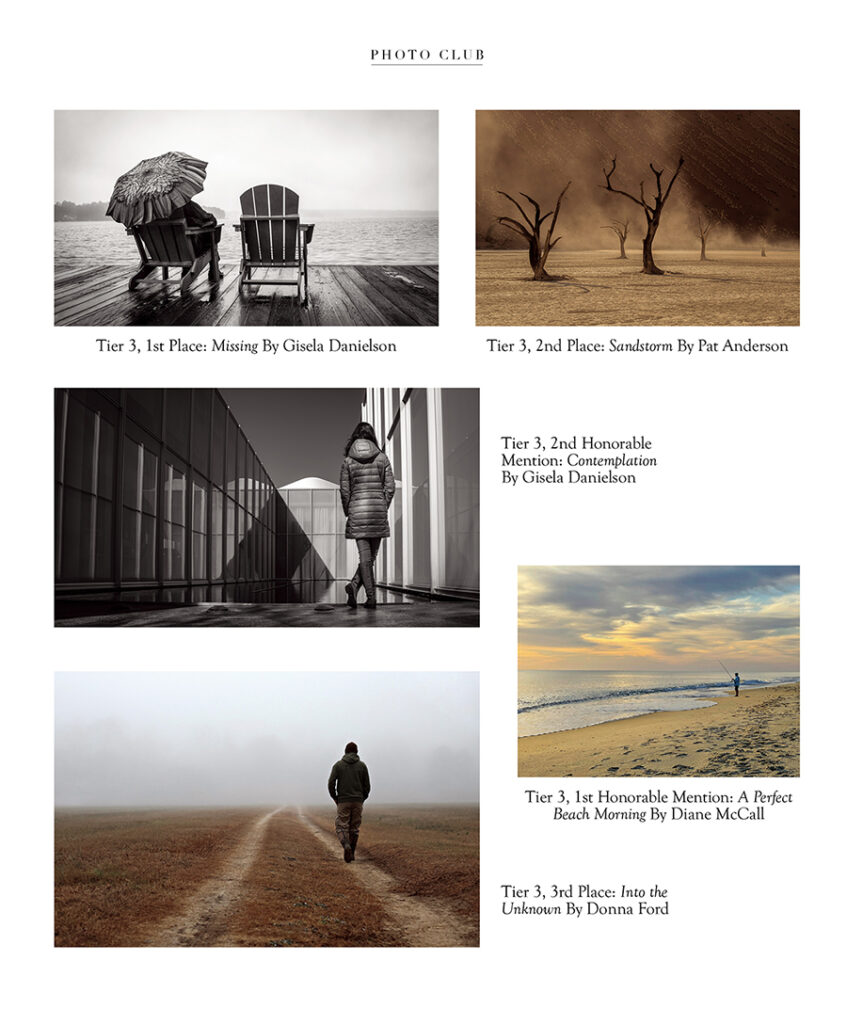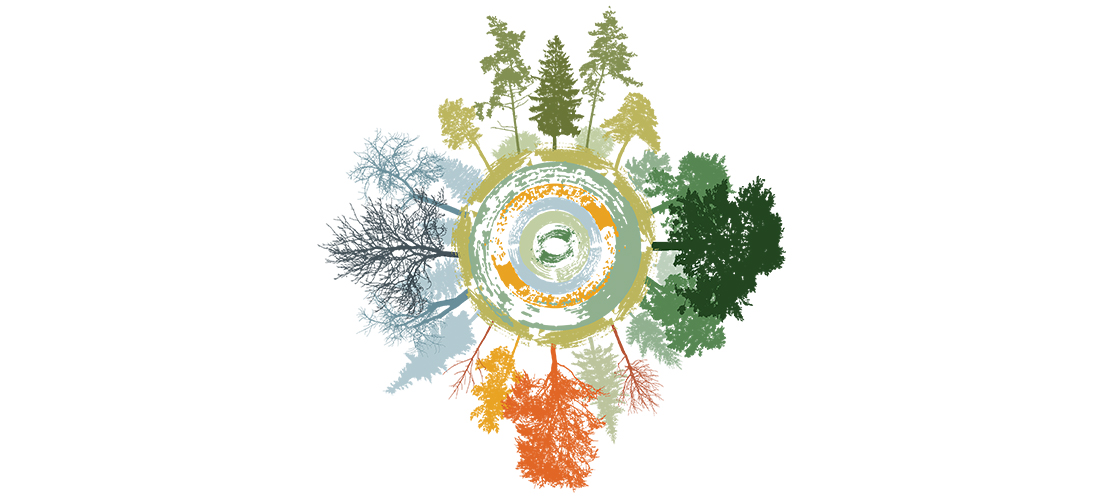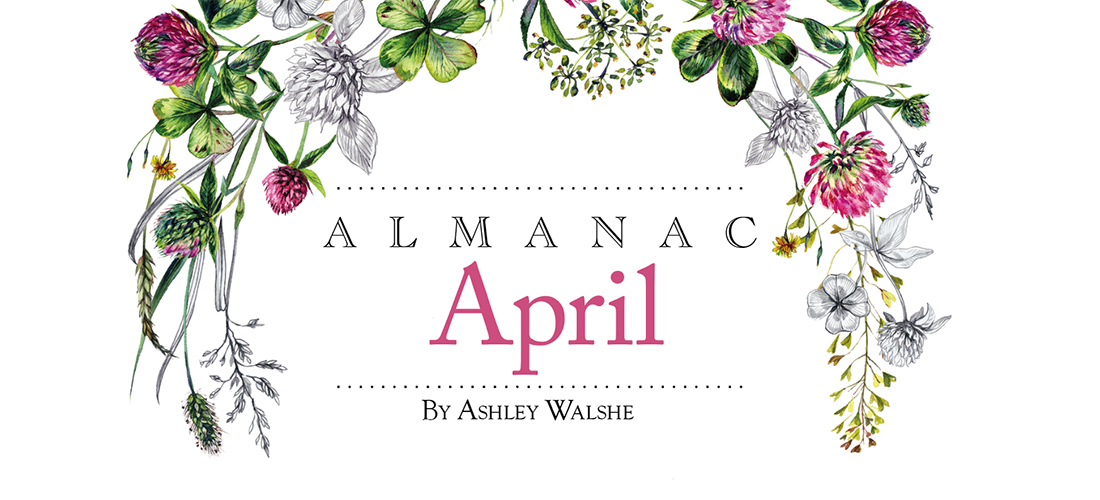Out of the Blue
Out of the Blue
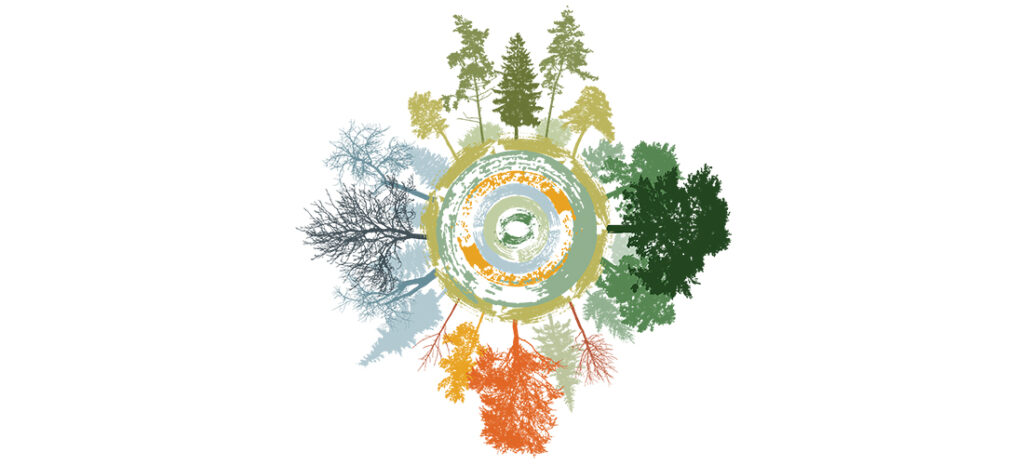
Climate Confusion
It’s beginning to look a lot like spring, summer, fall
By Deborah Salomon
Climate change is a phrase fraught with enigma. Is the change beneficial? Difficult? Misinterpreted? Catastrophic? Earth Day, another relatively recent concept celebrates . . . what? Is it the “good earth” or an Earth dying under the blistering sun, washed away by powerful floodwaters?
The seasons have jumbled, with buds appearing during a January warm spell, then blown off the branches by an “unseasonable” winter hurricane.
Scary.
What’s also unsettling is that the last two generations — be they called X, Y or Z — have mixed memories of anticipating, or dreading, seasonal benchmarks.
Spring makes me want to remember, before the icons become a mirage.
Spring brings joy for itself, also for winter’s end. I grew up in damp, cold New York City, where children wore scratchy woolen leggings or cumbersome snowsuits because we walked to the park, or at least the subway station. No dashing from the front door to a waiting SUV that had been pre-warmed remotely. Hats with earflaps were de rigueur, as were short-sleeved cotton undershirts. I begged and pleaded to ditch them the first warmish weekend. Nothing doing. Did I want to “catch my death of a cold”? No, but I tingle at the memory of standing close to the fire my Tar Heel granddaddy built in the grate, which toasted my front while my back froze. Gas fireplaces offer no such sensation.
Spring was “just around the corner” when the local bakery filled its counters with shamrock-shaped cookies iced in green. My mother was strict about sweets; I was allowed only one. I can still feel its buttery richness crumbling in my mouth.
After St. Paddy came, in immutable order, crocuses, daffodils, tulips and irises.
Years later, as an adult living in New England, I foraged for fiddlehead ferns, which grew by the swollen streams. You had to catch them just before they unfurled, usually late March. Sautéed in browned butter . . . quintessential spring freshness. I even put them on pizza.
Longer days meant spring asparagus, which I hated as a child, adored as an adult.
Finally, I was allowed to shed the undershirt, run outside to welcome the Good Humor ice cream truck, which commenced its rounds when school ended. No oratorio, no symphony rivaled its bells as the truck turned the corner, bringing raspberry popsicles called I-Sticks and bittersweet chocolate sundaes. June meant big, dark purple Bing cherries from Washington State. Chilean cherries, now “in season” in November, disrupt, as do seedless green grapes, my circadian-like rhythm of produce.
Catching lightnin’ bugs in Mason jars and spitting watermelon seeds represented the best of summer. The worst was staying home to avoid polio. Thanks, Dr. Salk, for giving summer back to children.
Daffodils may be my favorite flower but autumn, not spring, is my favorite season. Toast it with apple cider, fresh from a cider mill that emits a fragrance unrivaled by French perfume. Not even Dom Perignon goes down easier. No technology rivals a yellow oak or crimson maple. Maybe the azure Caribbean, but that’s far from the front yard. Please, Mother Nature, don’t take autumn. Bad enough that Sept. 11, 2001, is also remembered for perfect weather — cool, crisp, dry, blinding sunshine. Please leave us the chilly starry nights and chrysanthemums. And football.
Football isn’t my favorite sport but for two glorious autumns my son was the star running back on his high school team. He is gone, but the crystal-clear air and bright leaves remind me. Through the sadness, I smile.
Polar bears don’t burn fossil fuel. The blame for climate change rests with humans. Its acceleration is truly frightening. I’m worried that when billions of cicadas emerge from the ground in a few weeks they will look around and burrow back down, like animals running for higher ground after sensing an approaching tsunami.
Just don’t whine we weren’t warned. Instead, bid farewell to fiddleheads, maple syrup, clover honey, daffodils, dogwood, strawberries, dandelions, hummingbirds, snowflakes, ducklings, apple cider and a thousand other simple pleasures brought forth from and supported by the good earth. Because like the woolly mammoth, once gone, never will they return. PS
Deborah Salomon is a contributing writer for PineStraw and The Pilot. She can be reached at debsalomon@nc.rr.com.
Almanac April 2024
Almanac April 2024
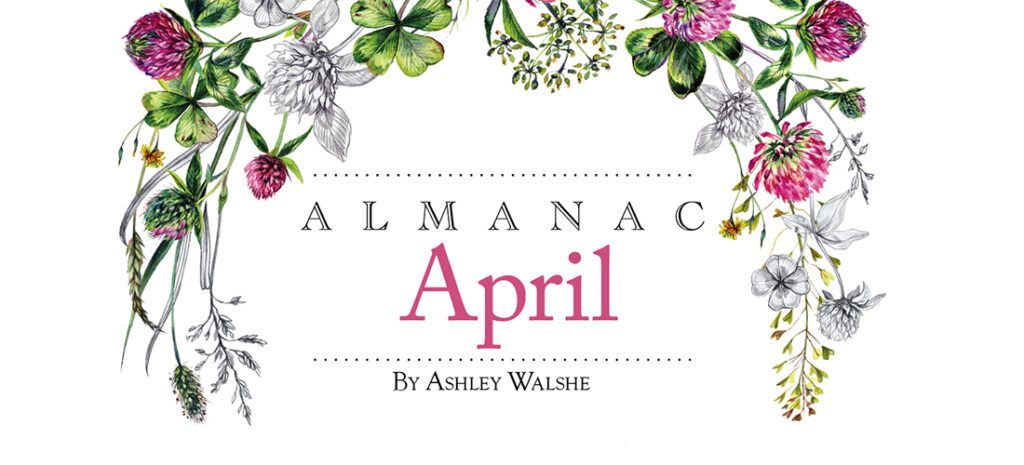
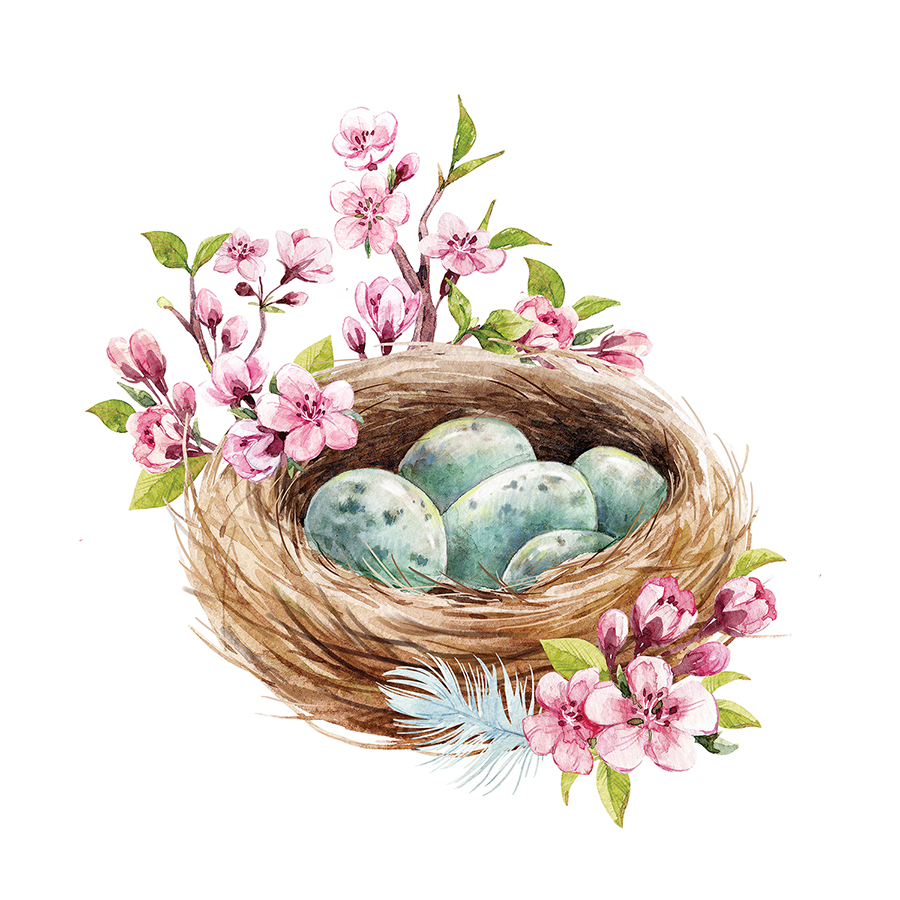 April is a tapestry of sound, rich and delicate.
April is a tapestry of sound, rich and delicate.
Listen.
Coral honeysuckle sings in color, sultry and seductive, calling out to ruby-throated suitors.
Can you hear the whir of tiny wings? The beating heart of hummingbird? The melodious supping of nectar?
Lean in.
Chrysalis whispers of metamorphosis. Wet and crumpled wings. Grueling and glorious expansion.
The rustling of budding trees tells of new life. Fuzzy squirrel kits with just-opened eyes. A clutch of blue eggs, days from hatching.
Chorus frogs swell with rhythmic longing. A swallowtail sails through warm air like a bow across a brightly toned string. Wild violets titter.
One hundred songbirds, yet none are so loud as a single dandelion. The soil? Boisterous.
Don’t you see? Each green leaf is the note of an ever-swelling symphony. When the rat snake sheds his winter skin, a rapturous movement begins.
Whippoorwill is drunk on the splendor of its own name. Bullfrog bellows jug-o-rum! Dogwoods tremor in a cool flash of rain.
As cardinal crafts her cup-shaped nest — a wonder of twigs lined with leaves, grasses, roots and pine needles — she stops to drink in the soundscape.
Each thread has a home in this living anthem, this resonant fabric of spring.
Wild Bloomers
April showers bring mayapple flowers.
Not to be confused with apple blossoms (although the flowers do look similar), Podophyllum peltatum is a native perennial wildflower that thrives in deciduous woodlands. Most commonly called the mayapple or the American mandrake, other nicknames for this April bloomer include Indian apple root, racoonberry, hog apple, ground lemon, duck’s foot, umbrella leaf and devil’s apple.
Rising over a foot above the forest floor, mayapples grow in dense colonies, their distinctive leaves making them relatively easy to spot. Two deeply lobed, umbrella-shaped leaves radiate from the top of the plant’s single stem; a white flower hides beneath the canopy.
While most of the plant is considered toxic (foliage, roots, unripe fruit and seeds), the ripe mayapple fruit is considered a forager’s delight and a favorite summer snack of the Eastern box turtle.
What does the golden fruit taste like? Wild foods bloggers have described it as exotic, sweet-and-tart, citrusy, or, as Adam Haritan of Learn Your Land wrote, “like a mix between pineapple and Starburst candy.” That said, since even the ripe fruit can have a laxative effect, best not to gorge.
Spring has returned. The earth is like a child that knows poems. — Rainer Maria Rilke
Sow the Love
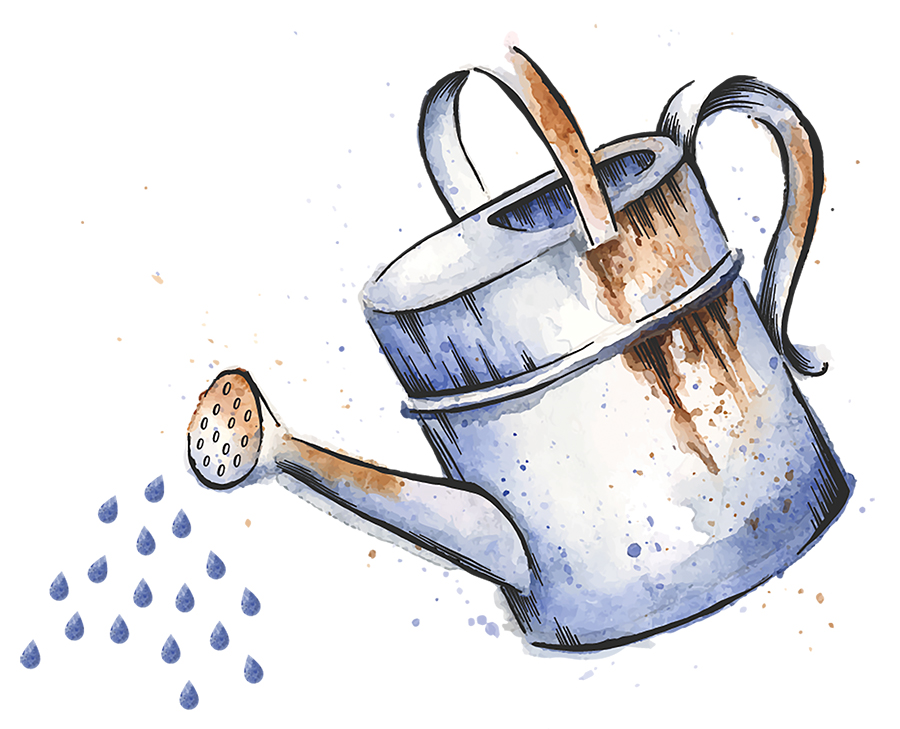 Earth Day is celebrated on Monday, April 22. Make it a garden party. Or, better yet, a garden-planting party.
Earth Day is celebrated on Monday, April 22. Make it a garden party. Or, better yet, a garden-planting party.
The last frost is nigh. Sow your green beans, sweet corn, squash and zucchini. Wait until month’s end to plant cukes, peas and tomatoes. Longer, still, for the frost-sensitives (melons, peppers and eggplant, to name a few).
Invite the pollinators to join you by weaving native plants and wildflowers into the mix. From asters to elderberry and bee balm to dogwood, consider what thrives in your region and start there. The wild ones will thank you. PS

